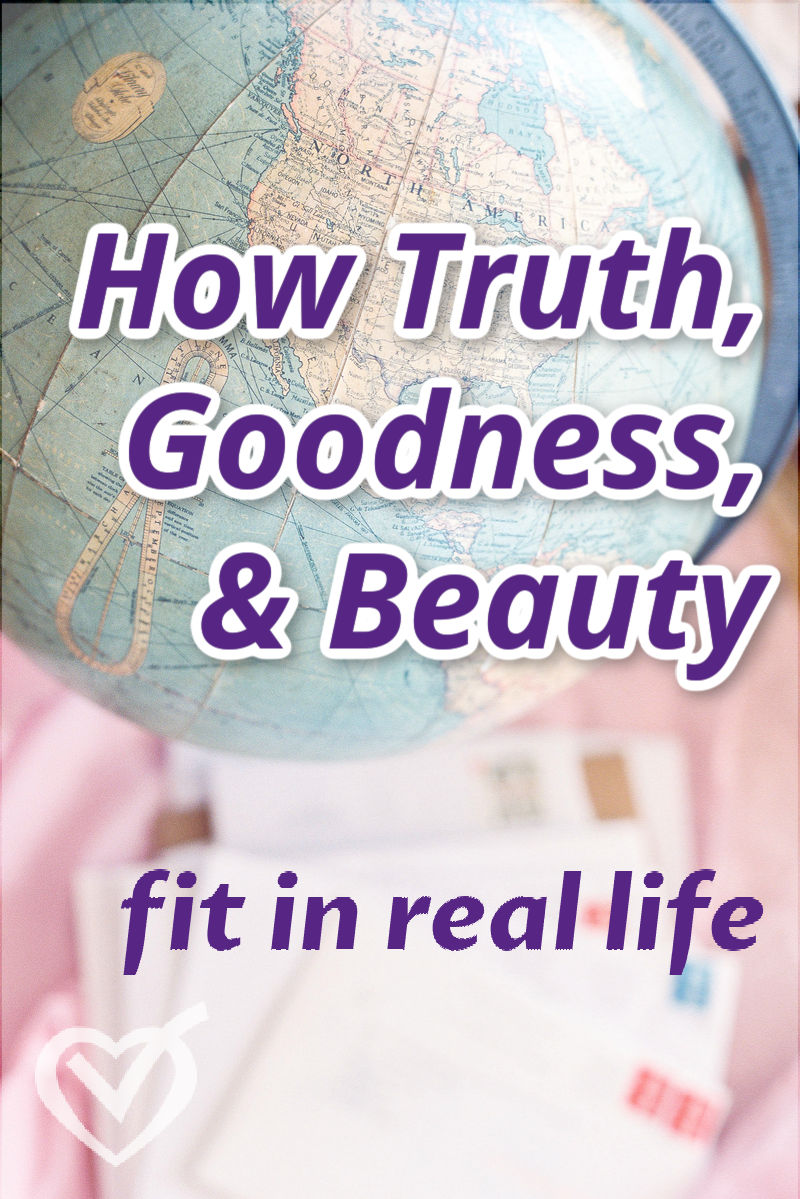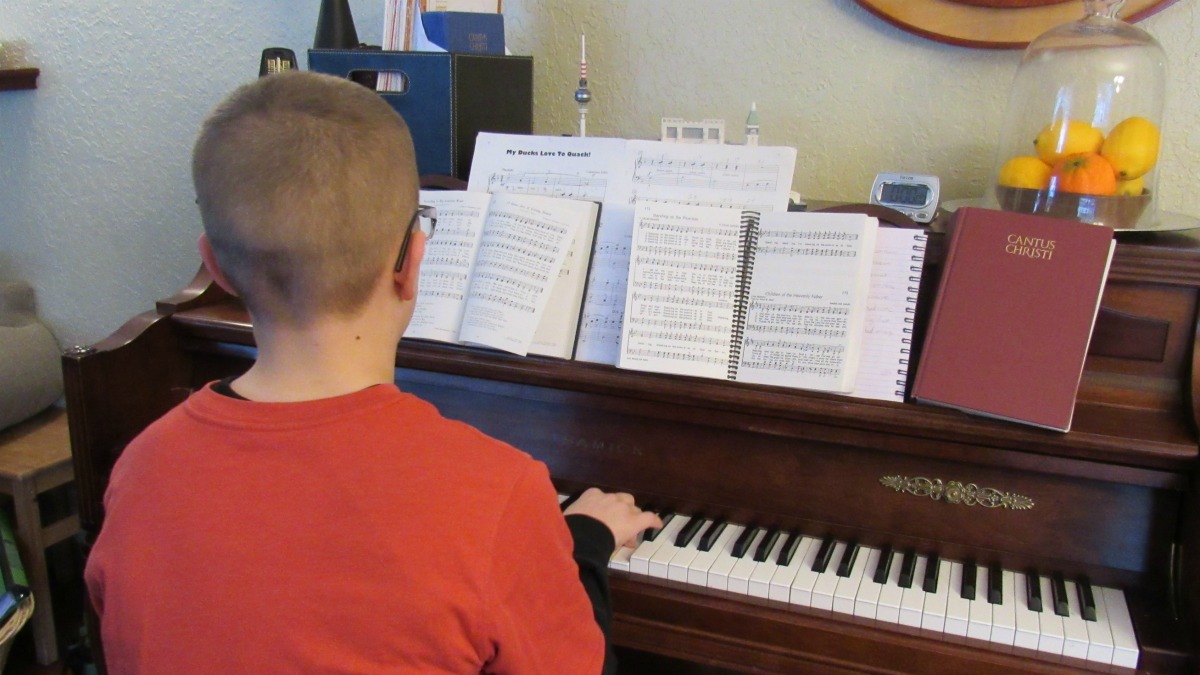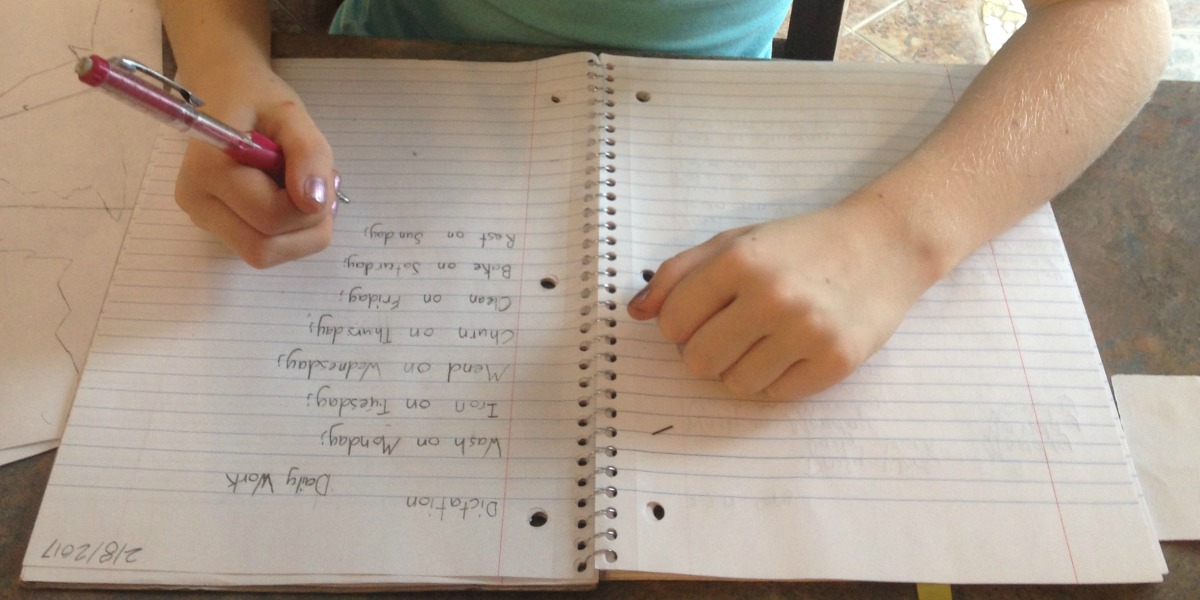
Have you ever walked into a conversation halfway through?
Perhaps, unbeknownst to you, it was a conversation that had been going on sporadically between these friends for weeks or even months. It’s a fascinating conversation, let’s say, and one that you want to at least listen to, maybe even participate in, but you feel like an outsider because you weren’t there from the beginning and you’re trying to get up to speed – without looking like you’re as out of the loop as you are.
Is that conversation about education?
Guess what? You’re in good company. We’ve all arrived to this conversation well past the middle of it – well, really, we have no idea if this is still the beginning or the middle or near the end. We’re that out of the loop.
This is a conversation that has been going on for over 4,000 years. Welcome!
When you encounter terms, phrases, words tossed around by others who have been in the conversation longer, it might not only feel bewildering, you might also feel left out or inadequate. Don’t. Just ask questions and jump right in.
All of us have jumped in at some point, asked our silly questions, made our dumb mistakes, used words without understanding what they mean – or even misusing terms without realizing it.
In the midst of learning about education, we’re also in the process of being educated – welcome to the club!
No one particular person started this conversation. No one particular person will end it.
Your curiosity qualifies you to join. Don’t be bashful.
A couple months ago I received an email from an Art of Homeschooling member that went something like this:
I feel really dumb asking this, but I frequently hear people say we should seek after and show our kids truth, goodness, and beauty. What does that mean – I mean how does that look on a daily basis? Can you give me an example of truth, goodness, and beauty on an average day?
Don’t feel dumb asking for a clarification of terms and definitions! That’s always where productive conversation and fruitful discussion begins.
What does Truth, Goodness, and Beauty mean?
If you’ve been hanging out in classical education circles for long, you’re bound to come across the term “truth, goodness, and beauty.” You’ll also hear it if you dig into philosophy. Plato started tossing around these three as a set, calling them the Transcendentals – the properties of being. If we want to know anything, these are the things that can be known: what is true, what is right, what is lovely.
He connected these three properties of being with the human capacities to think, wish, and feel. They also, in the ancient conception, corresponded to studies: science (truth), religion (goodness), arts (beauty). In philosophy, the trifecta became logic (truth), ethics (goodness), and aesthetics (beauty).
Of course, the conversation didn’t stop with Plato, and philosophers, theologians, and educators (and many along the line were all three!) have developed the categories and conceptions further. So now it is a commonplace trinity. We can use the categories to think about and define both our goals and our methods.
Related:
- Transcendentals on Wikipedia
- Awakening Wonder: A Classical Guide to Truth, Goodness & Beauty
- L’Abri Papers: “Recovering Truth, Goodness, & Beauty”
In the Scholé Sistership earlier this year, Brandy Vencel shared a handy summary:
GOOD: something is in a state of being “good” if it is fulfilling its designed purpose.
TRUE: something is in a state of being “true” if it is in accord with reality.
BEAUTIFUL: something is in a state of being “beautiful” if it is well-ordered, integrated, unified, harmonized, etc.
And, of course, it is not we who decide what a thing’s purpose is or what reality is or what beauty is – God, as the Creator, defines these things. He Is. Because He Is, we can know what is true, what is good, and what is beautiful – the more we know Him, the more we both understand and experience these transcendental realities.
These concepts might be confusing because there is so much time and weight and depth behind them, but when it comes down to day-to-day homeschooling and what it really looks like, it’s surprisingly simple and straightforward. Of course it’s deep and profound, as well, but we don’t start there – the deep and profound is the fruit of starting, and simple and straightforward is what we need in order to start.

Seeking Truth on an Average Homeschool Day
First, you have to believe that truth exists.
I’ll spot you that one, although it’s not something that can be generally assumed these days. We do not create our own truths or each have separate truths. Truth exists because God exists, and He is truth. Whatever is true is from Him in one way or another.
Truth as a goal
When truth is our goal, we’re seekers. We’re humble. We recognize that we are not a source of truth and are lacking in our knowledge of truth.
As George Grant says:
True education is a form of repentance. It is a humble admission that we’ve not read all that we need to read, we don’t know all that we need to know, and we’ve not yet become all that we are called to become. Education is that unique form of discipleship that brings us to the place of admitting our inadequacies. It is that remarkable rebuke of autonomy and independence so powerful and so evident that we actually shut up and pay heed for a change.
When truth is not a guiding principle, we’re stuck with doing school in order to check the boxes to meet requirements. Perhaps worse, we learn not to know truth, but merely to advance ourselves socially or economically. Attempting to scare children into doing school or else they’ll look bad or get bad jobs is forsaking truth as a goal and turning it into a pursuit that’s all about self.
Truth as a method
- Memorize & study Scripture
- Want to know – history and science explain truths about the world and people to us
- Learn a catechism
- Learn grammar rules, geography facts, multiplication tables
- Do math – it’s about making true statements (equations)
- Don’t cheat or deceive in the way you complete your work
C.S. Lewis wrote:
The surest sign of true intellectual acumen is a student’s comprehension of what it is he does not know; not what he does know. It is a spirit of humility that affords us with the best opportunity to grow, mature, and achieve in the life of the mind. It is knowing how much we do not know that enables us to fully embark on a lifetime of learning; to recover to any degree the beauty goodness and truth of Christendom
Related:
- Rebooting Truth from CiRCE Institute
- “The Abolition of Truth” article by Francis Schaeffer

Growing Goodness in an Average Homeschool Day
First, you have to believe that goodness exists. Again, that one is probably easy for you, if you’re here reading my site as a Christian homeschooling mom. We recognize that God has revealed the way to live in accordance to His will – that is the Law, which we are not able to fulfill, yet which does direct our lives and our homeschools.
Goodness as a goal
Goodness as the goal is another way of saying Virtue is the Goal of Education, which is what every traditional thinker in Western civilization has taught. It is not enough to know a lot of truth if it doesn’t change the way you live. Be doers and not only hearers, says James – and that goes as a general principle within education, also.
As David Hicks wrote in Norms and Nobility:
The end of education is not thinking, but acting.
and
The purpose of education is not the assimilation of facts or the retention of information, but the habituation of the mind and body to will and to act in accordance with what one knows.
In American society today, goodness is presumed to be in the eye of the beholder as much as beauty (and truth, for that matter). As long as it doesn’t hurt anyone else, it’s probably ok. Morality is not something the schools teach – or, when they do, it’s not the same as what we would want taught.
Yet all the respected great minds from Plato through the Renaissance held that morality was indispensable to education and that proper education would result in an ethical, morally upright character – because that was the point. It should also be so in our homeschools.
Citizens were not good citizens only if they contributed to the economy and didn’t own a gun or drive drunk. Citizenship has always included learning to distinguish right from wrong and not just do right and not wrong, but learn to love what is right and hate what is wrong – so that decisions are made from the heart, not simply by compulsion.

Goodness as a method
- Teach through stories of types of goodness (literature, legends, hero tales, fairy tales, biographies)
- Prioritize personal interest and affection, not box-checking to get on to entertainment time
- Embody goodness in the way lessons are conducted – the tone should be kind, loving, patient, humble
- Personal character is part of the point of doing the work; it’s not a separate subject, it’s woven through all of life.
When we’re with our children all day every day, we see their weaknesses. Our job isn’t to pounce on every one every time we see it, but to lead the way by pouncing on our own. Repentance must be frequent as we homeschool.
God’s will for our lives is our sanctification, and each task assigned to us can help us down that road, by His grace and power. That goes as much for the homeschool mom faced with a pouty toddler or resistant teen as it does for the student with a paragraph to rewrite.
We are God’s workmanship, and He makes us good – gradually, relentlessly, in Himself. Just so, the work we turn out should be gradually, persistently improved.
Let us do each bit of work as perfectly as we know how, remembering that each thing we turn out is a bit of ourselves, and we must leave it whole and complete, for this is Integrity.
Charlotte Mason
Related:
- Practicing Heaven on Earth by Krystal Cano at Paideia Fellowship
- Virtue as the Goal by Mystie Winckler
- Thinking and Acting Rightly by Karen Glass

Seeking Beauty on an Average Homeschool Day
First, you have to believe that beauty exists.
Now, that one might be harder to swallow. Do you believe that beauty exists, objectively, apart from personal taste and preference?
We can know truth because God is truth and we are made in His image to know Him.
We can know goodness because God is good and has revealed His will for our lives.
We can know beauty, because God is beautiful and His entire creation resounds with His glory and proclaims His nature. This will influence not only what but also how we homeschool
In Abolition of Man, C.S. Lewis tells of a grammar textbook that is not really teaching grammar, but philosophy. The textbook, in trying to teach students to be direct and discerning, tells students that waterfalls cannot be sublime – people can only have sublime feelings (which Lewis notes is not the actual feeling one has when one encounters a sublime waterfall).
All value statements, the textbook says, are not true statements, but subjective statements. Lewis notes:
It is not a theory they put into his mind, but an assumption, which ten years hence, its origin forgotten and its presence unconscious, will condition him to take one side in a controversy which he has never recognized as a controversy at all. The authors themselves, I suspect, hardly know what they are doing to the boy, and he cannot know what is being done to him.
We are the boy and we do not even realize what has been done. But we can begin to undo the error by recognizing and providing and prioritizing beauty in our children’s lives, not as an add-on or as a personal preference, but as a part of the way God made the world.
Beauty as a goal
When beauty is our goal, we are fulfilling our creation mandate to have dominion. Man’s task is not to rule as tyrant, but as a servant, as Jesus taught us. We are to take the resources at our disposal and do something more with them – to glorify God by creative endeavors that reflect His own work. We take flour and water and yeast and turn it into bread – creative, glorious, beautiful. We eat the bread in fellowship around the table – creative, glorious, beautiful. God turns that bread into energy in mysterious ways within our bodies – creative, glorious, beautiful.
The bread and the dinner table are objectively beautiful. Even if your bread sagged in the middle, you were exercising creativity in service for others. Even if there is no centerpiece on your table and the conversation was mostly about minecraft, the family meal is beautiful – not because it would be featured in a magazine, but because it’s an embodiment of fellowship and unity.
Beauty as a method
- Choose beautiful pieces of music to listen to
- Sing together
- Eat together
- Worship together at church on the Lord’s Day
- Pursue creative hobbies – not cotton ball crafts to reinforce a lesson, but actual arts and crafts
- Bake together
- Smile
- Laugh
Beauty is harmony – living together in fellowship, seeing connections among subjects, making things with engaged attention. It’s the stuff of everyday: not necessarily what Pinterest deems worthy, but what God deems worthy.
Related:
- C.S. Lewis & Classical Christian Education at Classical Academic Press
- Beauty as Home by Brandy Vencel
- We’re losing the culture war (and what a homeschool mom can do about it) by Pam Barnhill

TL;DR – Truth, Goodness, Beauty, Really
You don’t need to study Plato to have truth, goodness, and beauty inform your decisions. You don’t need to fully grasp how the ancient triad of Truth, Goodness, and Beauty leads us to Christ and a fuller version of ourselves.
At the foundational level, we are pursuing an education grounded in Truth, Goodness, and Beauty when we are putting God first instead of ourselves. When we want to know Him and His world, we will prioritize truth. When we want to love Him, we will obey Him and grow in goodness. When we serve others and reflect God’s glory through creation and service, we practice beauty. This will change our homeschools.
You probably already are doing these things and you didn’t even know you were pursuing Transcendentals and becoming more fully alive.
But you are.
Do so more and more.
Add your examples of truth, goodness, and beauty in an average homeschool day in the comments!

Membership created from mystie’s import.
Oh, thank you SO SO SO much for writing this. It is awesome. It gives me so much to think about, or as Anne says, ‘so much scope for the imagination’. (We are reading Anne of Green Gables out loud right now)
Thank you for this!! I’m a homeschool newbie with my five-year-old this year and I needed someone to explain truth, goodness and beauty to me in practical terms. The articles linked are very helpful, too. I’m so thankful God led me to your site. Your work is most definitely a blessing to me!
Wonderful post! I am unable to find the CS Lewis quote you mention above {The surest sign of true intellectual acumen is a student’s comprehension of what it is he does not know; not what he does know}. Do you know where he said that? Thanks for any help verifying it.
Sorry, I copied it from a blog post by George Grant: http://grantian.blogspot.com/2005/08/repentance.html